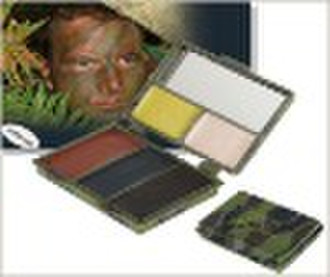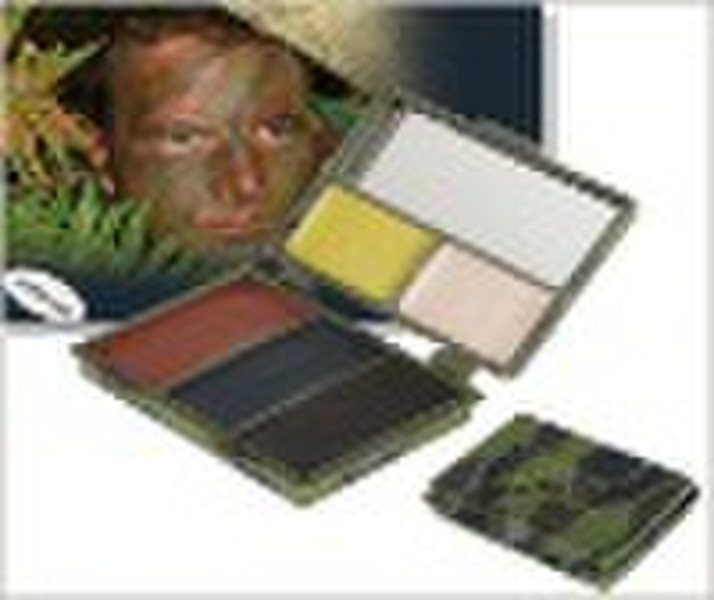提出和生存/脸上画画
原价: 1,00 USD
北景乡, 中国
生产能力:
1000 案件 / 月

juntang luo
联系人姓名
基本信息
| 出生地 | Beijing China (Mainland) |
|---|
Camo face paint set with 5 Woodland ''CAMO'' colour palette and a mirror. Throughout the eighteenth and nineteenth centuries, the typical colour scheme included bright and high contrast colour arrangements which made it easier to distinguish units in battle, in spite of the smoke from gun powder. Large flags were another aid to co-ordination and location for commanders. However, with the growing prevalence of accurate rifles and other ranged firearms as standard weapons for infantry, it was found from about the 1880s on that these colours made soldiers easy targets for enemies to shoot at a distance. In reaction, the various militaries, beginning with the British Armed Forces, changed the colours, predominantly to such ones that blended in more with the terrain, such as khaki or olive drab, for the purposes of camouflage. In addition, this idea was followed with uniforms suitable for particular climates and seasons such as white for snowy regions and tan for sandy ones. Now most armies have some form of camouflaged uniform, such as the British DPM.
交货条款及包装
Packaging Detail: need more comunication Delivery Detail: need more comunication
端口: tianjing
-
支付方式
我们接受:









